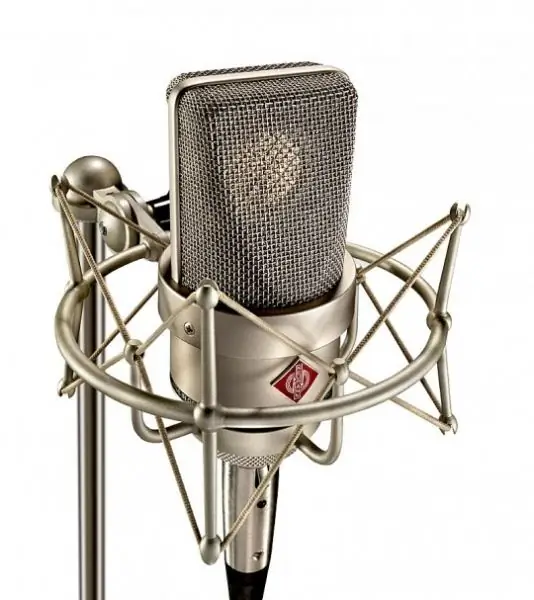Any sound engineer will tell you that the human voice is the most difficult to add to the elements of sound processing, so they try to record vocals so that processing is minimized. The implementation of such an idea is possible only on professional equipment, but its absence does not mean that it is impossible to obtain a good result.

Necessary
Steinberg Cubase software
Instructions
Step 1
First of all, vocals are recorded in mono mode with a sampling frequency of 44.1 kHz and 16 bit, the sound level should not exceed the value "-3 dB". After recording the vocals, save the track in wav format.
Step 2
Open it in any audio application that does sound mixing work. There are many such applications at the moment, Steinberg Cubase is preferred. In this program, it is necessary to equalize the volume of the voice on the recording so that there is no perceptible difference when listening. The singer's professionalism does not always allow him to keep at the same distance from the microphone, so do not forget about this factor.
Step 3
To fine tune the sound of your voice, you need to use equalization. If you have ever seen an equalizer in Winamp, you will understand what needs to be done. This process is basic and rightfully considered the most difficult. You can use the standard presets that are found in various add-ons to audio programs, but you should rely on your ear, because the program works only with machine algorithms.
Step 4
To edit the sound of a voice, you should pay attention to the frequencies and in what cases they need to be changed:
200 Hz - increasing this parameter gives a sense of fullness of the vocal;
3000 Hz - increasing this parameter emphasizes aspiration of vocals;
5000 Hz - increasing this parameter will add intelligibility to the voice;
7000 Hz - a decrease in this parameter will have a positive effect on sibilant consonants;
10000 Hz - Increasing this parameter will brighten the vocals.
Step 5
Next, you need to give the vocals a panning effect. What it is? Remember, the vocals were recorded in mono, and this effect allows you to give the vocals a stereo processing. To do this, you can use any stereo-series filter, now there are a huge number of them, for example, Blue Tubes Stereo Imager. Use the default presets without editing them.
Step 6
After creating the stereo mode, you need to add "tube warmth" to the vocal. If you didn't already know, tube amps provide a softer, bolder presence. Several decades have passed, but professionals always look towards the "tube" recording. The Steinberg DaTube and Steinberg Magneto tools are recommended.
Step 7
All that remains is to embellish your vocals with echo and reverb effects. Any instrument can be used to echo - their number is simply inspiring, and Waves True Verb can be used as a reverb.





